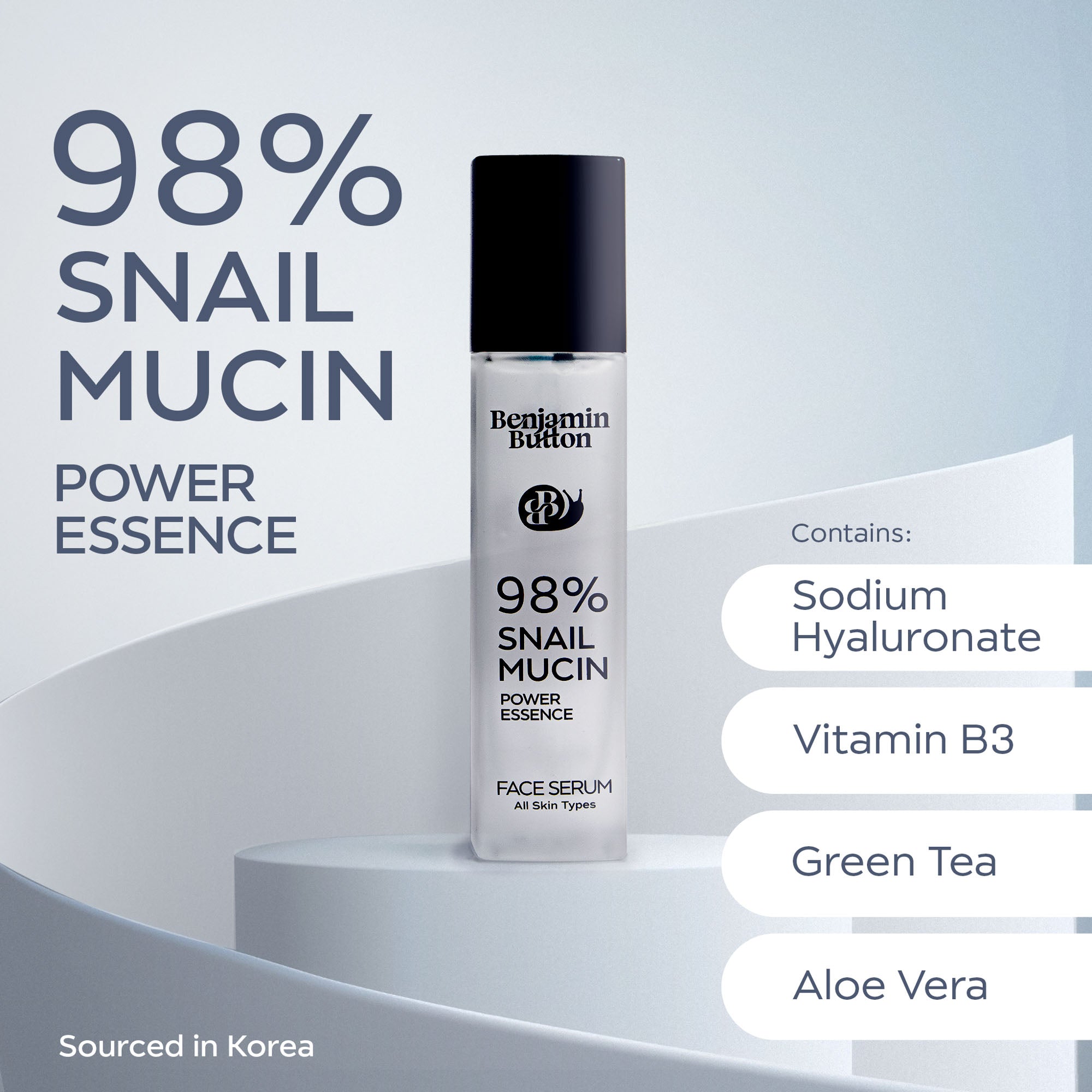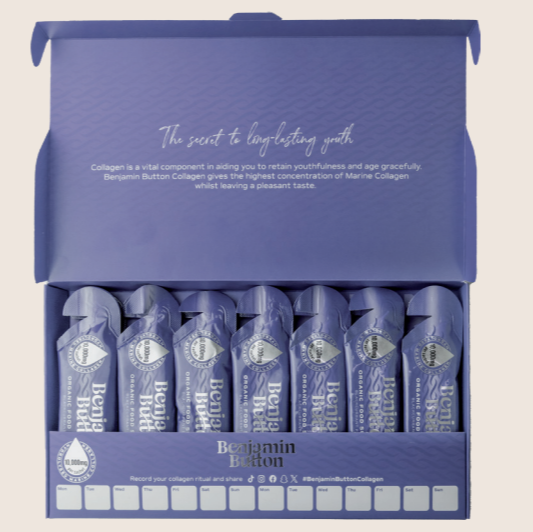Understanding Perimenopause: Overlooked Symptoms of Anxiety, Dry Eye, and Joint Pain
The transition into perimenopause can feel like navigating through a foggy landscape; it's often unpredictably emotional and strikes when you least expect it. Women typically associate perimenopause with common symptoms such as hot flashes and irregular periods, but there are crucial aspects that require attention, particularly overlooked symptoms like anxiety, dry eye, and joint pain.Anxiety: The Hidden Emotional Battle
Anxiety can manifest in unexpected ways during perimenopause. While many anticipate mood swings as a result of hormonal fluctuations, the intensity of anxiety can be profoundly disruptive.- Hormonal Imbalance: Changes in oestrogen and progesterone levels can significantly affect neurotransmitters responsible for mood regulation, making women more susceptible to anxiety.
- Sleep Disturbances: As sleep quality declines, this can lead to heightened stress levels and increased anxiety, perpetuating a vicious cycle.
- Physical Symptoms: Anxiety doesn't just reside in the mind; it can prompt heart palpitations, shortness of breath, and other physical symptoms that further compound the feeling of unease.
Dry Eye: A Diminished Sense of Comfort
Dry eye is another often-dismissed symptom of perimenopause that significantly impacts quality of life. Women may notice their eyes feeling gritty, tired, and uncomfortable, leading to a diversion from enjoying daily activities.- Oestrogen Levels: Reduced levels of oestrogen can decrease tear production, contributing to the symptoms of dry eye.
- Environmental Factors: Increased sensitivity to smoke, dust, and air pollution can exacerbate dry eye symptoms.
- Treatment Options: Various alternatives are available, including over-the-counter lubricating eye drops and prescription medications that target increased tear production.
Joint Pain: The Unwelcome Visitor
Joint pain is frequently sidelined, but it can be a debilitating symptom. It can appear as general discomfort and stiffness, particularly in weight-bearing joints like the knees and hips. Recognising the link between joint pain and perimenopause is essential for effective management.- Hormonal Changes: Just as with anxiety, fluctuating hormone levels contribute to joint pain by decreasing collagen production, leading to stiffness and discomfort.
- Weight Gain: Metabolic changes during this period can result in weight gain, further burdening joints and exacerbating pain.
- Exercise Implications: It's vital to maintain physical activity, including low-impact exercises that encourage joint mobility while also supporting overall mental health.
In conclusion, the symptoms of perimenopause extend far beyond the conventional expectations of hot flashes or irregular periods. Anxiety, dry eye, and joint pain are often dismissed or not associated with this life stage, making it necessary for women to educate themselves on these symptoms. Identifying and understanding these overlooked aspects can empower you to take proactive steps toward relief and comfort. Speak openly with healthcare providers about your experiences and symptoms so that appropriate action can be tailored to your needs. By prioritising your well-being and seeking support, you can navigate through perimenopause with greater ease, lending to a more balanced and fulfilling experience.






























